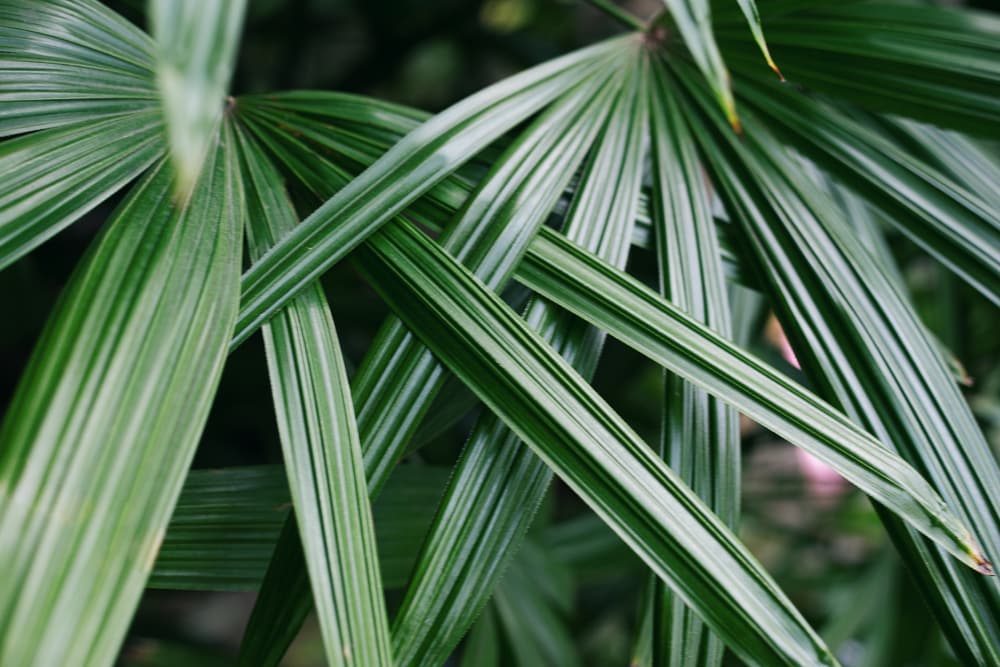Palmetto, or palm for short, trees are some of the most commonly known trees. They are pretty popular and make a lovely addition to most landscapes. Because of this you might be considering investing in and planting a palmetto tree or two yourself. But how do you ensure that their abnormal height and usually sturdy roots don’t cause damage to your property? Here is everything you need to know about palmetto tree roots.
What type of root system do palmetto tree roots have:

Palmetto tree roots have what is referred to as a ‘fibrous root system’. This means that the roots of the palmetto tree are rooted into the soil quite deeply. Furthermore, they are spread out in a mat-like formation and are capable of penetrating approximately 36 inches of topsoil. To add to this, you may even be able to see these roots if the palmetto tree is planted in more shallow soil.
How deep do palmetto tree roots grow and how long are they:
Palmetto trees grow at a quite fast pace and so do their roots. In fact these large trees are capable of gaining anywhere from 3 to 10 inches in height each year as long as they are provided with more favourable conditions.
That being said, the palmetto tree’s roots don’t actually grow as deep as you may think they do given the extreme height of this plant. While the palmetto tree itself can grow taller than 100 feet, its roots only grow about 3 feet into the topsoil. This is because this is the easiest place for them to access all of their necessary nutrients and water.
In addition to this, the palmetto tree actually forms a root ball from which thin strands of roots grow. These thin strands of roots grow horizontally as this allows them to tap as many nutrients as they can. Because of this you may sometimes come across a palmetto tree which has its roots showing above the soil.
Can palmetto tree roots destroy pipes:
It is very very unlikely for palmetto roots to destroy pipes. This is because the roots themselves are quite narrow and long and therefore do not have the access or strength to destroy pipes.
That being said, if you plant larger cultivars of the palmetto tree in your yard, they may be capable of causing some disturbance to plumbing pipes For example, queen palmetto trees are even larger when compared to other varieties of palm trees and can therefore get their roots to come into contact with any underground plumbing located in your yard.
Can palmetto tree roots destroy or damage cement:
Similarly to pipes, palmetto tree roots are unlikely to damage or destroy cement. This is because although a palmetto tree’s roots do grow longer they still remain size in diameter. Therefore, it would be extremely difficult for the thin roots of the palmetto trees that reach the surface to cause cracks or any other damage to cement.
Can and should you plant palmetto trees in near proximity of your house:
It is recommended that you do not plant a palmetto tree, or most other trees for that matter, at a near proximity of your home. In fact, a palm tree’s canopy should have the capacity and ability to spread out and clear a roofline. Furthermore, although palmetto tree roots remain unlikely to cause damage and harm to your pipes or concrete you still don’t want them to crowd any structure.
In addition to this, while planning on the planting locations of your palmetto trees you should always consider the species’ full height and speed at which it grows. For example, if you have drainage piper that are placed under your yard you should consider planting palmetto trees that do not grow that large in terms of height.
Furthermore, if you do decide to plant palmetto trees in near proximity to your house you should always ensure that you space them out enough so that they can have the proper access to their necessary nutrients. Not doing so may result in poor ground cover growth.
Final thoughts:
Overall, palmetto tree roots are not a big hazard when it comes to property damage. That being said you should always take precautions when planting these trees and should at least take the steps that are recommended above into consideration.
